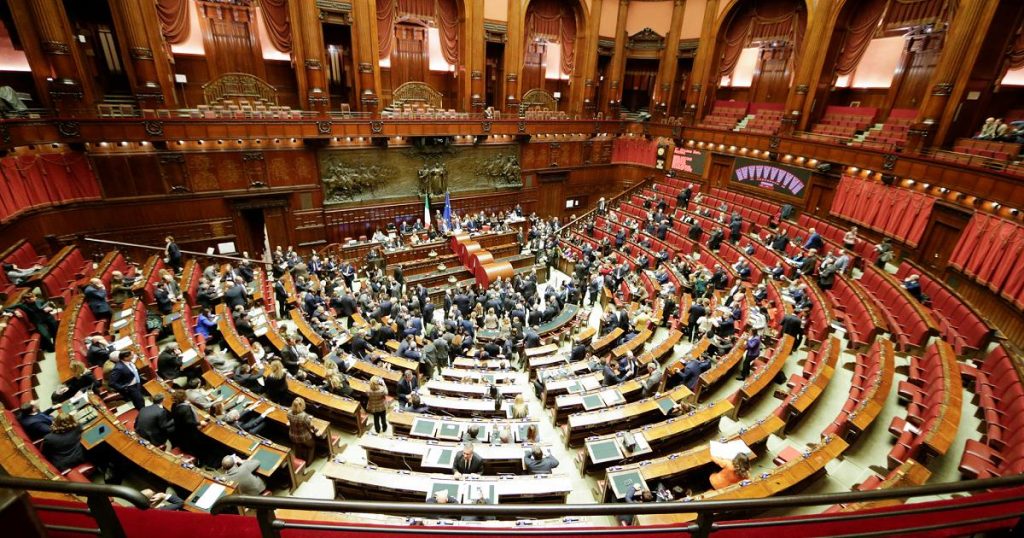The concept of a motion of no confidence in ministers has a long history in Italian politics, with the first motion being in 1984 against Foreign Minister Giulio Andreotti. Unlike the current system, this motion was not for the individual resignation of the minister but instead aimed to force the government to remove him from office. Since then, there have been 82 instances of such motions, with only one resulting in the actual resignation of the minister, which occurred in 1995 during the Mani Pulite investigation. Minister of Justice Filippo Mancuso was the subject of the successful motion, which was brought about by concerns over his handling of pretrial detention. Despite this exception, such motions have not typically resulted in the removal of ministers, as the majority party tends to support its members to avoid destabilizing the government.
In the case of possible motions of no confidence against ministers Daniela Santanchè and Matteo Salvini, there is little concern for their survival in office based on historical precedent. Within the Italian political system, the president of the council can pressure a minister to resign if they become untenable, as was the case with Mancuso in 1995. However, the president cannot directly dismiss a minister due to constitutional limitations. While Salvini is unlikely to face this scenario, Santanchè may be at risk if her legal troubles become too politically damaging. Ultimately, the decision to resign is usually a political one, rather than a result of a formal vote of no confidence.
The system of motions of no confidence in Italy has often been used as a tool of opposition parties to express disapproval of government ministers. However, the majority party’s support for its members typically prevents these motions from leading to actual resignations. This pattern has held true in the majority of cases across the history of such motions, with only a few exceptions where a minister was forced to step down. The current lack of concern for the survival of Santanchè and Salvini can be attributed to this tendency within the political system to prioritize maintaining stability within the government.
The process of gathering signatures for a motion of no confidence can be a powerful signal of discontent with a minister, as seen in the case of Mancuso’s successful motion in 1995. While these signatures can indicate a minister’s vulnerability, the decision ultimately rests with the individual in question. In cases where a minister is unable to retain political support, the president of the council may intervene to encourage resignation in order to avoid a crisis within the majority party. However, this intervention is limited by constitutional constraints on the president’s ability to dismiss ministers, highlighting the political nature of such decisions.
In conclusion, the history of motions of no confidence in Italian politics demonstrates a consistent pattern of majority support for government ministers, despite occasional instances of successful motions leading to resignations. In the current context, the lack of concern for the survival of Santanchè and Salvini in the face of potential motions can be understood through this historical perspective. While the possibility of resignation remains a political decision, the president of the council plays a key role in managing any potential crises within the government. Ultimately, the system of motions of no confidence reflects the delicate balance of power and politics within the Italian political landscape.


